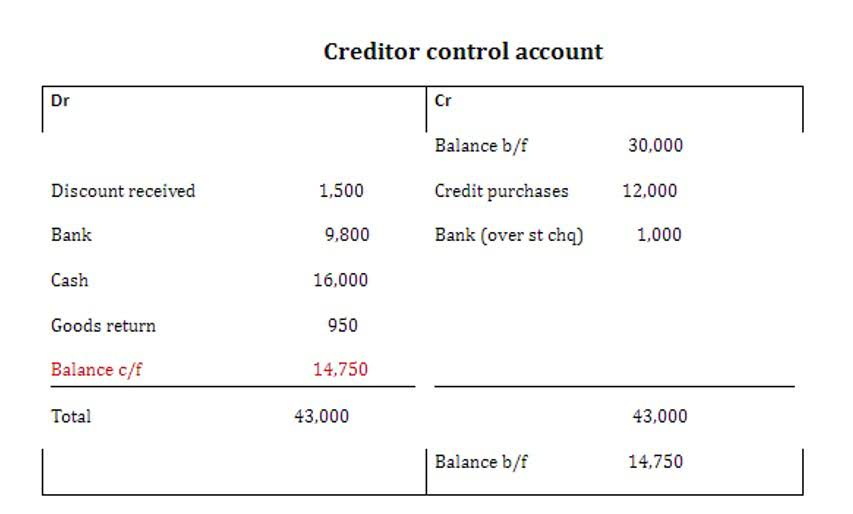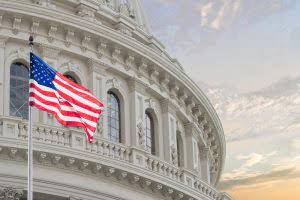
You should also start slow when you’re ready to get started so the process doesn’t stall. Focus on decisions that have major strategic importance or cut across many parts of the organization. Making a decision is a process, and process mapping is always useful for ensuring all relevant information and people are considered while creating a consistent, repeatable model. And, when it comes to decision making, in particular, it can also serve as an extremely useful and insightful tool for auditing how decisions are currently being made. With a scalable model for decision-making, team members will spend less time deliberating and more time executing without sacrificing Certified Public Accountant strategic thinking. As teams and companies grow, silos form, and different groups start doing things their own way.
- One study found that 89% of managers always follow their intuition when making decisions, while a majority (59%) said they often use intuition to make decisions.
- The intuitive decision-making model relies on a person’s instinct and gut feelings rather than structured analysis.
- This can include feedback from customers, market trends, and potential future scenarios that could impact the outcome of the decision.
- A major decision with far-reaching impacts deserves some fixation and perfectionism.
- The Delphi Method, named after the ancient Greek oracle at Delphi, is a structured approach to decision-making that involves gathering input from a group of experts through multiple rounds of questionnaires or surveys.
frameworks for lone decision making

Robust Decision Making aims to make decisions that are resilient to various scenarios and potential uncertainties. It involves stress-testing decisions against different scenarios, considering worst-case outcomes, and ensuring the chosen course of action remains viable even under adverse conditions. This framework is particularly beneficial in community development, organizational management, and any situation where stakeholder engagement and buy-in are crucial for decision success. This framework focuses on decision-making when there is https://www.bookstime.com/ limited or incomplete information. It involves assessing risks, considering probabilities, and employing techniques such as sensitivity analysis and Monte Carlo simulations to make decisions in uncertain environments.

Intuitive Decision-Making Framework
Regardless, any fundamental change in decision-making culture needs to involve the senior leaders in the organization or business unit. The top team will decide what decisions are big bets, where to appoint process leaders for cross-cutting decisions, and to whom to delegate. Senior executives also serve the critical functions of role-modeling a culture of collaboration and of making sure junior leaders take ownership of the delegated decisions. Understanding these models empowers aspiring leaders to choose the most appropriate decision-making approach for varying contexts.
Critical thinking: Stop Overthinking and Make Faster Decisions
Measuring the effectiveness of a decision entails identifying key performance indicators and success metrics. Employing techniques such as kaizen or agile methodology encourages continuous improvement and flexibility within decision-making processes. They facilitate a more structured, data-driven, and collaborative approach that can adapt to changing scenarios and enhance outcomes. To navigate the complex landscape of decision making, a variety of tools and techniques can significantly improve the efficacy of the process.

Blame the popularity of the coin toss, but making a decision often feels like choosing between only two options. Take advantage of this opportunity to get creative and brainstorm all sorts of routes or solutions. Collect decision making framework relevant information — that could be data, customer stories, information about past projects, feedback, or whatever else seems pertinent. But they all hinge on random chance rather than analysis, reflection, and strategy — you know, the things you actually need to make the big, meaty decisions that have major impacts. Effective product managers understand how to incorporate empathy into product management, which allows them to support customers needs.

Different Types of Decision-Making Frameworks
- Your team probably has a few hunches and best guesses, but those can lead to knee-jerk reactions.
- It categorizes decisions into five types, ranging from autocratic to consultative to group-based, allowing leaders to adapt their approach to the specific needs of the situation.
- A decision-making framework is a systematic approach that provides a structured way of analyzing and evaluating different options before making a decision.
- As with anything else, it’s worth thinking about the potential impacts to determine just how much deliberation and precision a decision actually requires.
Named after the Italian economist Vilfredo Pareto, this framework suggests that an outcome is considered efficient when no individual or party can be made better off without making someone else worse off. Pareto Efficiency is highly relevant in economics, public policy, and resource allocation scenarios where optimal outcomes are sought with limited resources. It is widely used in finance, economics, and risk management, where uncertainty is a defining factor.
